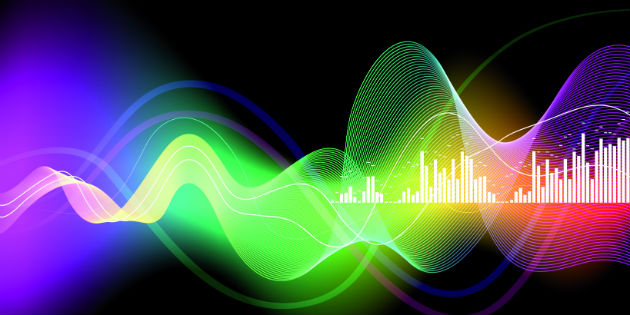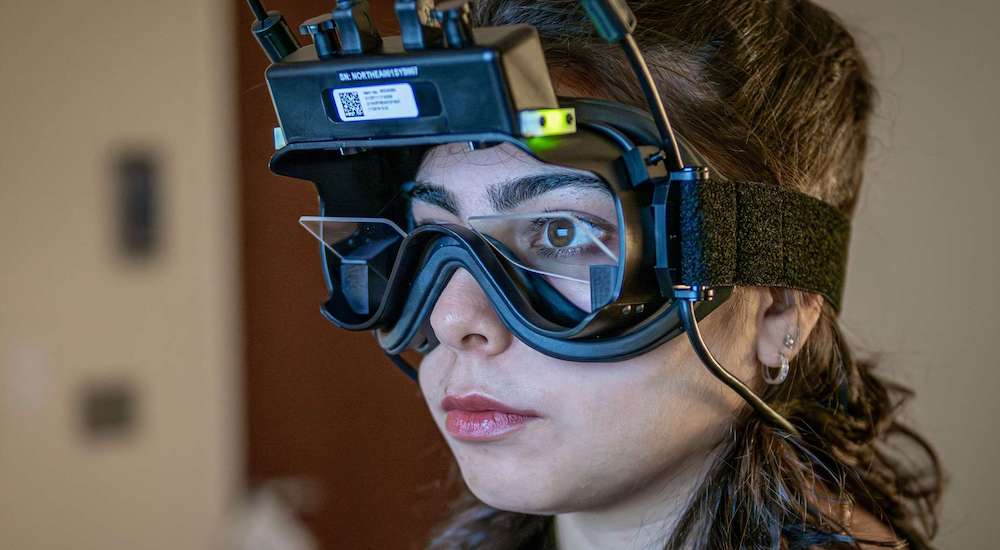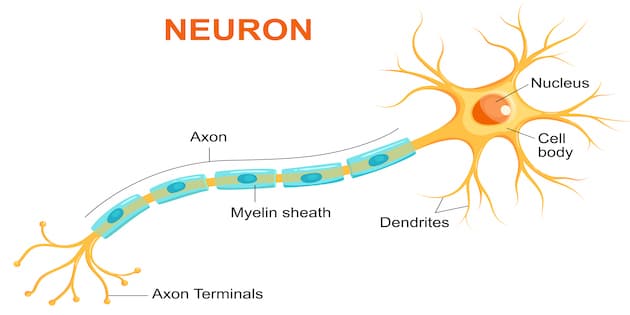Adding higher frequencies to standard protocol to improve detection of hearing loss in adolescents
Research
According to a research team of pediatricians and audiologists, adding higher frequencies to the standard hearing test protocol of the American Academy of Pediatrics helps detect adolescent hearing loss.

“If we can detect hearing loss when it’s mild, we can modify behavior,” says Deepa Sekhar, associate professor of pediatrics at the Penn State College of Medicine, Hershey, PA. “You can’t reverse hearing loss but you can stop the exposure [to hazardous noise] and prevent continued damage.” According to Thomas Zalewski, professor of audiology at Bloomsburg University, Bloomsburg, PA, “Young adults can be identified as having reading, emotional or socialization problems and the cause of these problems is actually hearing loss.”
As part of the study by the research team, nurses were trained to perform hearing tests with frequencies up to 8,000 Hertz. Currently, the highest frequency in the American Academy of Pediatrics hearing test is 4,000 Hertz. 134 high school juniors were included in the hearing test study.
After two rounds of tests with the new protocol, the study was repeated in a sound-treated booth to confirm the results. Audiologists then analyzed the results, and two measures, sensitivity and specificity, were used to compare the new protocol to the standard one.
Testing the higher frequencies to the standard protocol improved sensitivity from 58.1% to 79.1%. Based on the two rounds of testing, the specificity decreased slightly from 91.2% to 81.3%. This decrease was expected because higher sensitivity is generally associated with a decrease in specificity.
Source: News Medical



